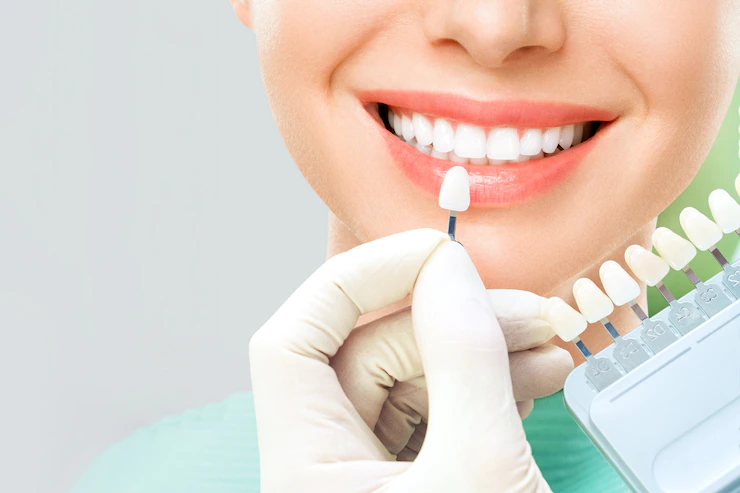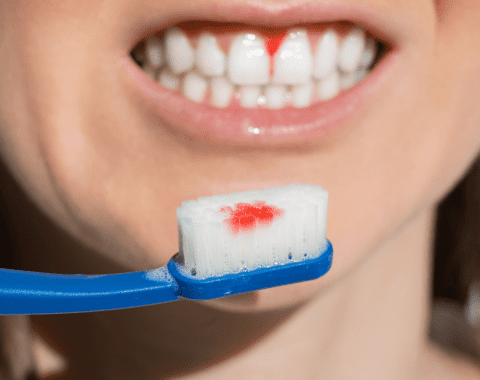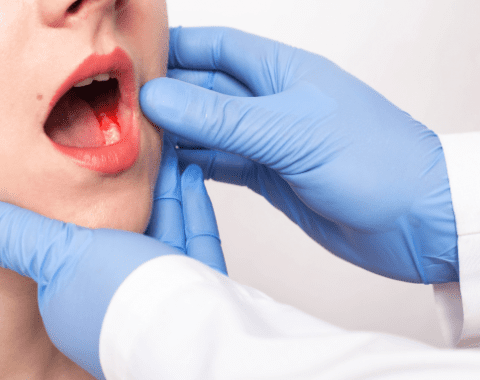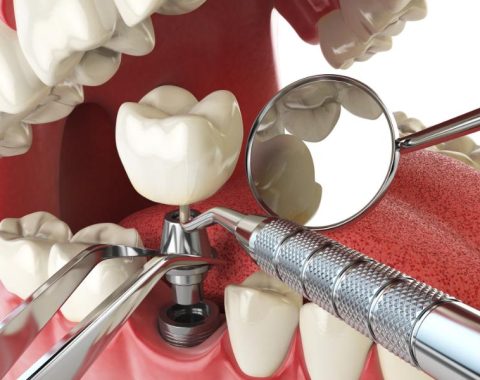Although the enamel covering your teeth is considered the most solid and mineralised tissue in the body, its strength has limitations. An accidental fall, getting a heavy blow to the face or biting on something hard can cause a tooth to fracture or form a crack. Besides, a cracked tooth can naturally occur due to wear and tear. It’s a common condition seen across various age-group and often leads to tooth loss if left untreated. Here, we will take a look at what is cracked tooth and its treatment.
What is a Cracked Tooth?
A cracked tooth syndrome is when a crack or fissure appears in your tooth. The crack can sometimes be minor and even harmless. However, in a worst-case scenario, it can cause your tooth to break or split.

Why Do a Tooth Cracks or Fractures?
There is a myriad of reasons for a tooth to develop crack or fracture. Some of the reasons are:
- Wear and tear of the old filling
- Bruxism includes excessive grinding or clenching of the teeth
- Chewing on hard food like nuts, ice or candies
- Tooth decay
- Face trauma
- Chewing or biting on pens or pencils
- Abrupt fluctuations in temperature in the mouth – after eating something extremely hot and then putting ice water can cause the tooth to crack.
- Old age – usually after 50, the possibility of fractured tooth increases
These Are the Different Types of Cracked Teeth
- Craze Lines – these are super-thin cracks formed on the outer layer of enamel. They are a result of wear and tear that comes with old age. These cracks cause no pain and so don’t require treatment.
- Fractured Cusp – This crack usually occurs around a dental filling. This doesn’t cause any damage to the pulp of the tooth and so doesn’t cause excruciating pain.
- Crack extending into Gum Line – A vertical crack in the tooth extending through but hasn’t reached the gum line can be saved. However, if the crack extends further into the gum line, the tooth must be extracted.
- Split Tooth – Here, the crack extends from the surface to below the gum line. This can sometimes break the tooth into two segments. Such extensive crack it’s unlikely to save the entire tooth. However, timely treatment by doctors may save a portion of it.
- Vertical Root Fracture – This type of crack starts from the gum line and goes upward. It usually doesn’t show any symptoms unless the tooth gets badly infected. In all possibilities, the tooth needs to be extracted.
What are the Symptoms of a Cracked Tooth?
- It’s important to remember that not every cracked tooth will show any symptoms. However, some of the common ones include:
- Excruciating pain when you chew or bite. You will feel pain, especially when you release the bite.
- Sensitivity to heat, cold, or sweet food substance
- Spasmodic pain that comes and goes
- Swollen gum around the affected tooth
Treatment For a Cracked Tooth
Treatment for a cracked tooth depends on various factors, including the size of the crack, its location, and your symptoms. Based on these factors, the dentist recommends one of the following treatments:
Bonding – The dentists use a plastic resin to fill the crack and restore the look and function of your tooth. It’s usually perfect for craze cracks.
Crown – Dental crown is a prosthetic device made from porcelain or ceramic and fits over the damaged tooth. The dentist shaves off the enamel from the tooth to make room for the crown. The dentists take an impression of the tooth, pick a shade that matches your teeth and send the cast to a lab to make the crown. The crown usually returns after a couple of weeks. The dentist fits and fixes it over the cracked tooth. If proper care is taken, a crown lasts a lifetime.
Root Canal – If the crack is huge and extends into the pulp, the dentists usually perform a root canal. This is done to remove the damaged pulp and give some integrity to the tooth.
Extraction – If the structure of your tooth, the nerve and the roots lying below are badly damaged, extraction is the only option left.
For more information on a cracked tooth and its treatment, contact Dr. Leila Zamani.




